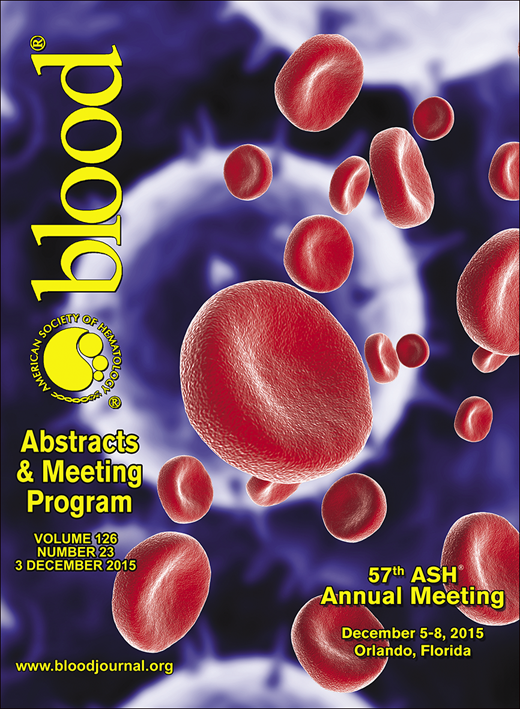Abstract
The stromal cell-derived factor-1 (SDF-1)/chemokine C-X-C receptor 4 (CXCR4) axis is crucial to migration and homing of hematopoietic stem/progenitor cells (HSC). In a previous study, we reported the expression profile of human cord blood CD34+ cells in response to a short-term exposure of SDF-1 (Leung et al, Blood, 2011). We further identified that expression levels of several R4 Regulator of G-protein signaling (RGS) family proteins were upregulated upon SDF-1 treatment. RGS family proteins are known to negatively control G-protein-coupled receptor signal transduction through their GTPase-accelerating activity. In several types of hematopoietic cells (e.g., B lymphocytes), responses to SDF-1 are subjected to regulation by RGS proteins. However, their expression patterns and functional roles in HSC are poorly characterized. We first assessed the basal expressions of 10 R4 RGS proteins by quantitative RT-PCR. Our results demonstrated that cord blood CD34+ cells expressed relatively high mRNA level of RGS1, RGS2 and RGS3, and moderate level of RGS5, RGS13, RGS16 and RGS18 (n = 3). Expression of RGS8 was barely detectable, while RGS4 and RGS21 expression was not detectable. A short-term exposure (1-24 hours) of CD34+ cells to SDF-1 (100 ng/mL, n = 4) significantly increased expressions of RGS1 (1.5 fold, P = .002), RGS13 (1.8 fold, P = .044), and to a lesser extent RGS2 and RGS3 (both 1.3 fold; P < .032). Expressions of RGS5, RGS16 and RGS18 were not affected by SDF-1 stimulation. Preincubation of CD34+ cells with the CXCR4 antagonist AMD3100 resulted in 82.2% and 56.2% inhibition of SDF-1-induced RGS1 and RGS13 expressions respectively. To investigate the functional roles of RGS1 and RGS13 in SDF-1-mediated responses, we introduced GFP-tagged cDNA clones into cord blood CD34+ cells by lentiviral transduction. Using the spleen focus-forming virus (SFFV) promoter, we achieved 55.2% transduction efficiency in control GFP vector-transduced cells, 39.4% in RGS1-transduced cells and 51.7% in RGS13-transduced cells. Quantitative RT-PCR further confirmed RGS1 (76 fold) and RGS13 (3,641 fold) overexpression in transduced CD34 cells. We showed that SDF-1-directed migration was inhibited by 18.5% in RGS1-transduced cells, but not in RGS13-transduced cells. In RGS1-transduced cells, significantly less GFP+ cells was found in the migrating fraction (51% in non-migrating vs 28% in migrating fraction). We further demonstrated that actin polymerization, an early response to SDF-1 stimulus, was reduced by 9.5% in RGS13-transduced cells but not in RGS1-transduced cells. In the NOD/SCID mouse xenotransplantation model, preliminary results showed that bone marrow homing of CD34+ cells was impaired in RGS1-overexpressing (54.4% reduction) or RGS13-overexpressing (28.1% reduction) cells, when compared to control GFP-transduced cells. Splenic homing of CD34+ cells was not affected by either RGS1 or RGS13. Taken together, we provided the first expression profile of R4 RGS proteins in cord blood CD34+ cells, and their expressional changes in response to SDF-1 stimulation. We also provided evidence that RGS1 and RGS13 regulate specific SDF-1-mediated responses and, importantly, both negatively affect homing of CD34+ cells. Strategies to inhibit RGS1 or RGS13 signaling could be a potential method for enhancing HSC homing and their long-term engraftment for immunologic reconstitution.
No relevant conflicts of interest to declare.
Author notes
Asterisk with author names denotes non-ASH members.

